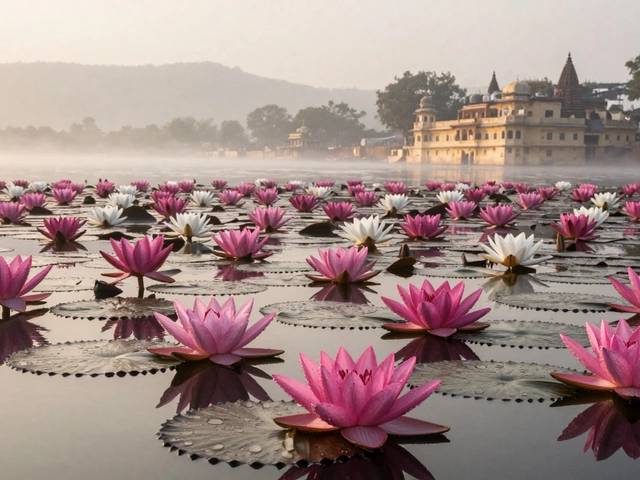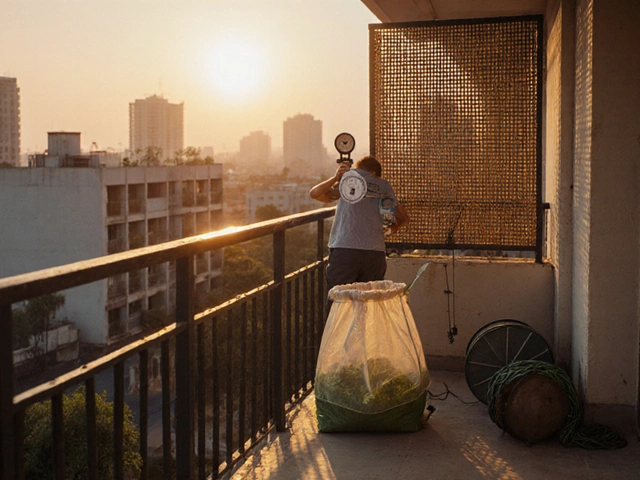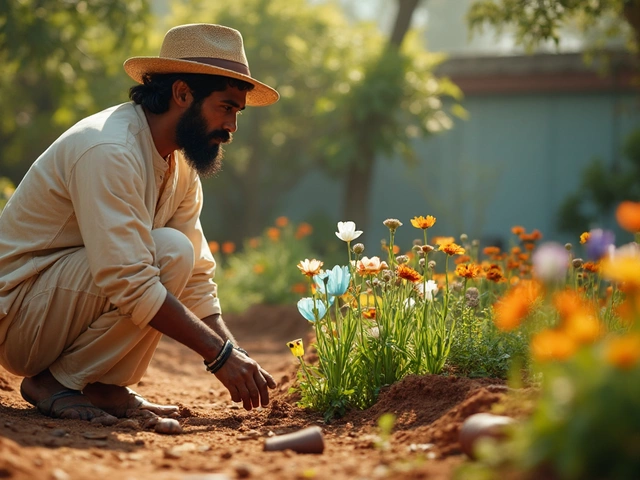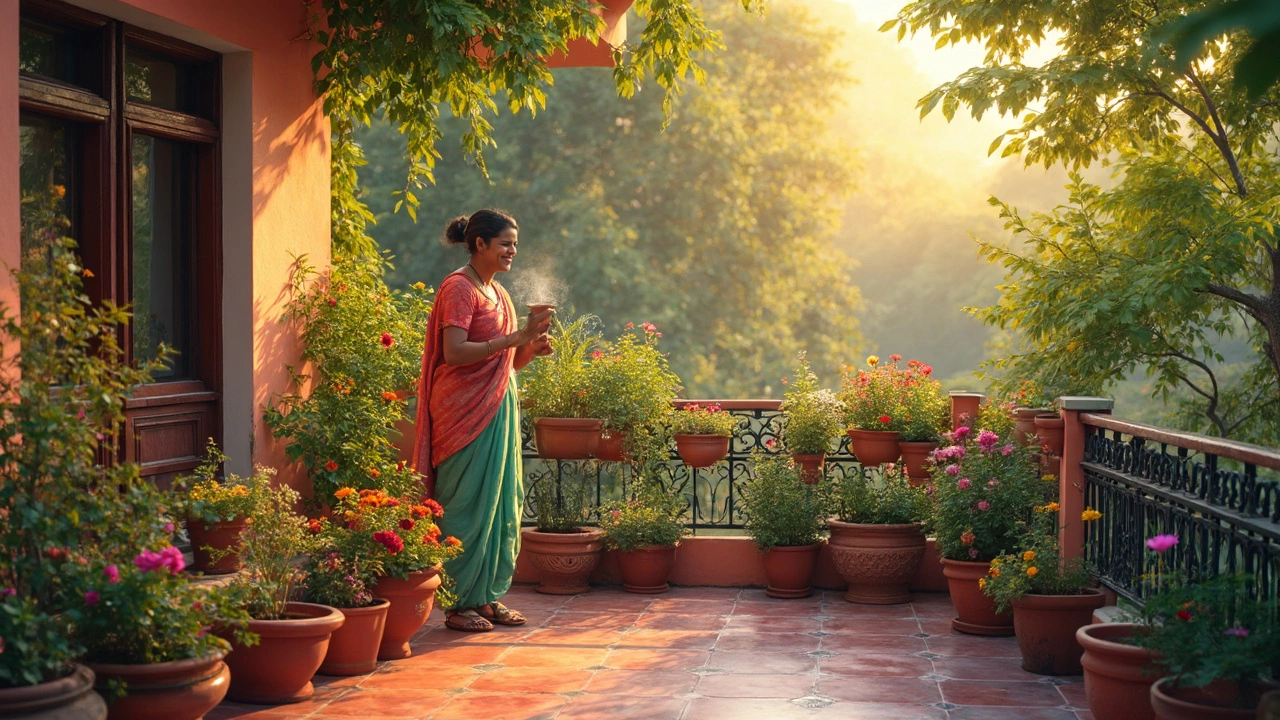Flowering Garden Plants – Grow Colorful Blooms All Year
If you want a garden that looks alive every month, start with the right flowering plants. In India the climate varies a lot, so picking varieties that love your zone makes a huge difference. You don’t need exotic species; many native flowers give big colors, attract pollinators, and stay low‑maintenance.
Choosing the Right Flowering Plants for Your Indian Garden
First, check the soil type and sunlight. Sun‑loving plants like marigold, bougainvillea, and hibiscus need at least six hours of direct light, while shade‑tolerant options such as impatiens, begonias, and ferns thrive under trees or north‑facing walls. Next, think about water needs. Drip irrigation, as many gardeners already use, saves water and delivers moisture right to the root zone—perfect for water‑wise flower beds.
Group plants with similar watering and feeding habits. This reduces the chance of over‑ or under‑watering. For a quick starter mix, combine a tall, bold flower (like a rose or jasmine) with a mid‑height bloom (such as petunia) and a low‑growing groundcover (like portulaca). The variety creates depth and keeps pests confused.
If space is limited, vertical gardening works wonders. Plant climbing roses or morning glories on trellises; they give height without taking up floor space. Balconies can host hanging pots of geraniums or lavender, delivering fragrance and color from above.
When Do Flowers Bloom in India? Seasonal Tips
Understanding bloom cycles helps you plan a garden that never looks boring. In most of North India, the best months for flowering are October to February. Cool evenings encourage roses, carnations, and the lucky marigold to burst into color. South India sees a longer blooming period, with flowers like jasmine and ixora thriving from March to September thanks to the warmer climate.
Use the “best months for flower blooming in India” guide to match plants with regional seasons. For example, plant prickly pear cactus in August‑September in Maharashtra; it will flower in winter, adding unexpected blues to a dry landscape. In the humid east, plant water lilies in June for a spectacular summer display.
Don’t forget the fast‑growing flowering trees. Species such as Delonix regia (flame tree) and Gulmohar grow quickly and produce massive blooms within a few years. They’re ideal for creating a focal point in a new garden or restoring a cleared plot.
Finally, prune at the right time. Light pruning after a flush of blooms encourages the next round. Avoid heavy cuts in late summer; they can reduce flowering for the next season.
With a mix of native species, smart watering, and seasonal timing, your garden can stay vibrant all year. Pick plants that love your climate, group them wisely, and watch the colors keep coming.
Best Plants with Year-Round Flowers in India
Some plants in India can surprise you with colorful flowers all year long, no matter the season. Learn about these reliable bloomers and find out which ones suit your garden or balcony. This article walks you through the top picks and their care so your home can look lively every month. Get ready to add more color to your daily view. Save time and effort by choosing the right plants for non-stop blooms.
About
Seasonal Plants
Latest Posts


What Is the King of Flowers in India? The Sacred Lotus and Its Cultural Significance
By Alden Thorne Dec 2, 2025

How to Grow Vegetables on a Balcony: A Practical Guide
By Alden Thorne Oct 18, 2025

Flower Blooming Seasons in India: Best Months for a Colorful Garden
By Alden Thorne Jul 13, 2025

